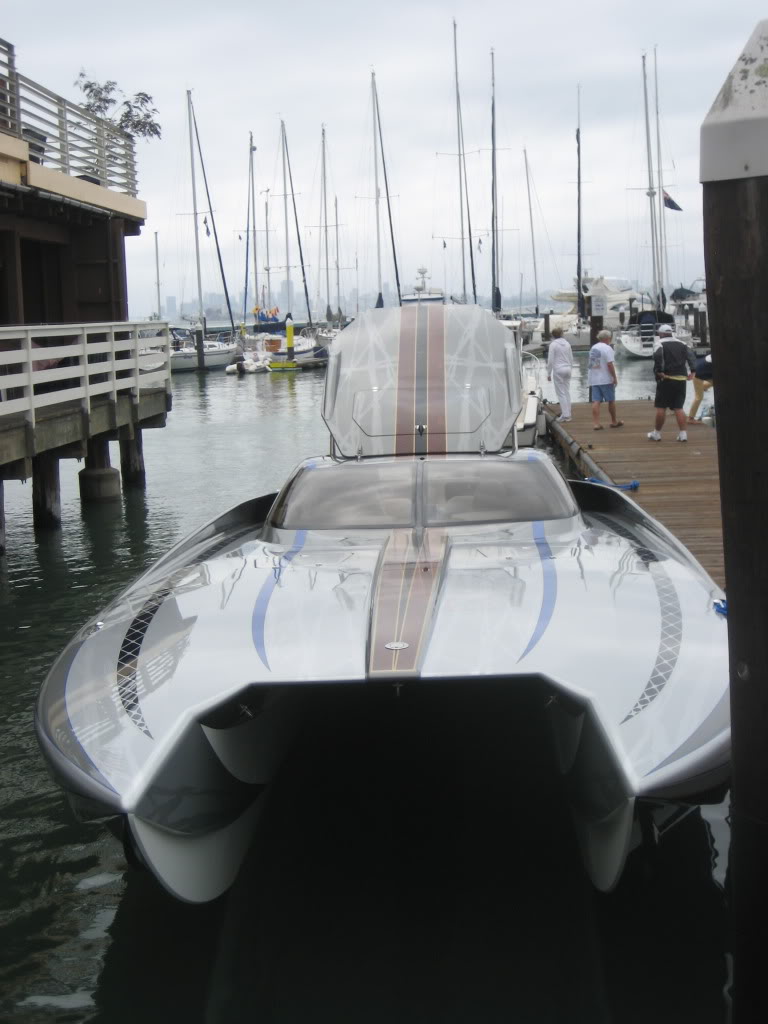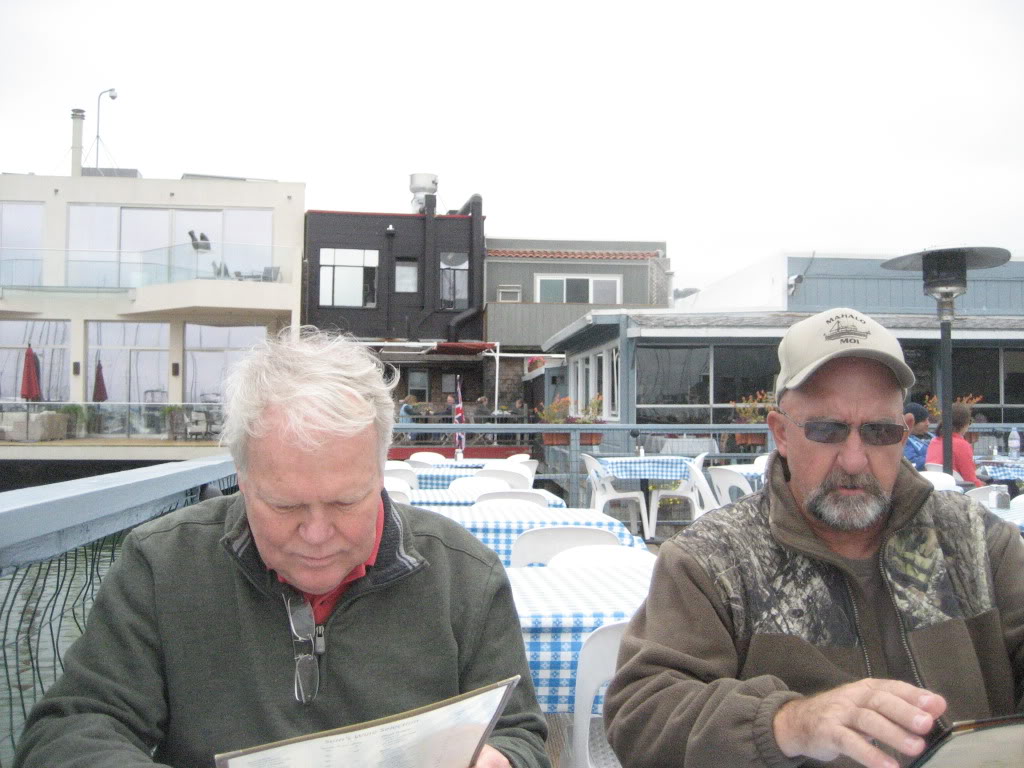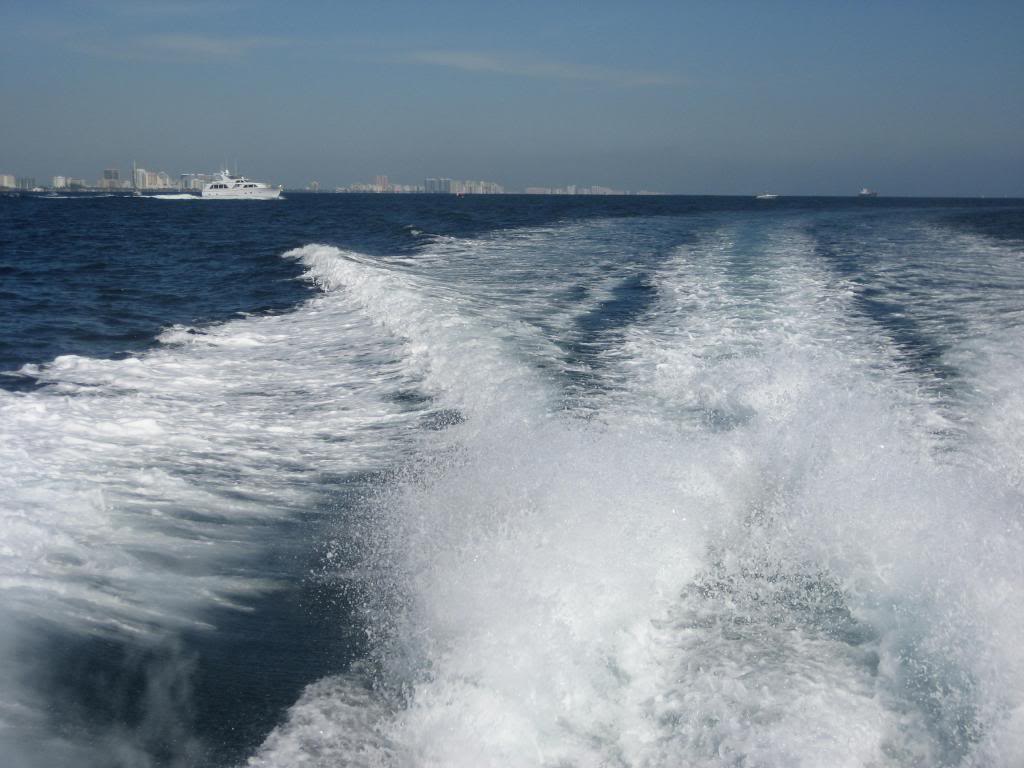Nomad Willy
Guru
Marin any Beaver that "climbs like a rocket" must have a good prop on it.
Boat props need to be able to get clean water on each bite.

CP,
Willy hits whales so I don't want to go any faster.
So Larry I'm look'in ...???
looks like ther'e there to pull in air.
Yes, for better bite? I don't know. Way faster than we are though.

Marin any Beaver that "climbs like a rocket" must have a good prop on it.


That was a great lunch. Where were all the folks?

Most of us (at least lots of us) are running 2.57-1 BWVD gears ....
Marin your'e thinking GB as I think the 2.57-1 ratio is much more common.

The hull-speed Coot's four-blade propeller seems well matched with the 2400 RPM 80-horsepower JD engine (don't recall the gear-reduction ratio). ...
I know on helos...the reason for more/shorter blades varies but at some point all aircraft propellers/rotors have to watch that the speed of the tips don't go supersonic as it totally messes up the aerodynamics.
I don't know if they are getting supersonic but I've ran airboats that have had electronic ignitions so they could be easily and precisely governed because of prop tip speed issues. I do know that if they went higher than spec'ed the noise changed significantly. Made a sound like it was "beating" the air, if that makes sense.
That may be true for water propellers, I don't know. It is not true for air propellers.
I should add that the 2-bladed prop used on float-equipped Beavers is even wider and more square at the tip than the one pictured. And possibly longer-- I can't tell that from the photo.
Dont know about planes but your post reminded me of a conversation i had with a mercrusier engineer in thier prop department. I asked almost the same question in regards to props, 4/ 3 blade and blade width. His answer was basically the higher the operating rpm the narrower the blades for best efficiency. Function of total prop load, rpm, design speed.
